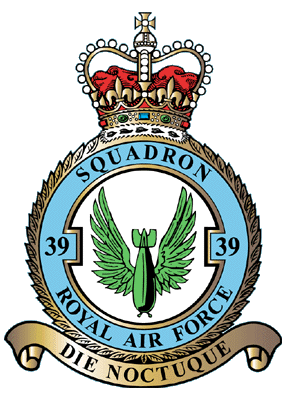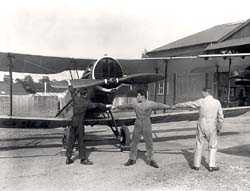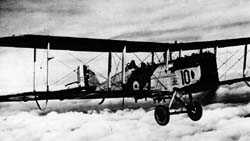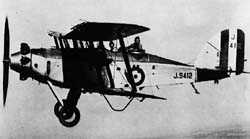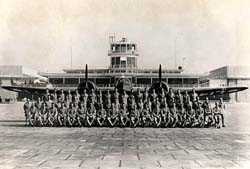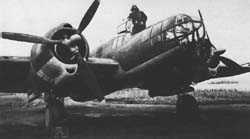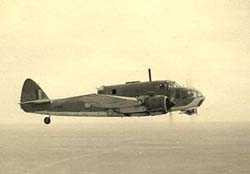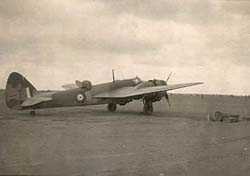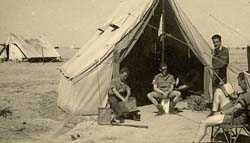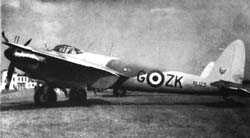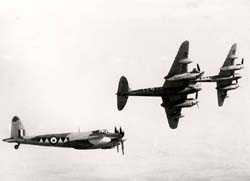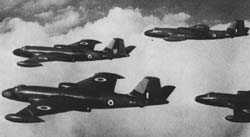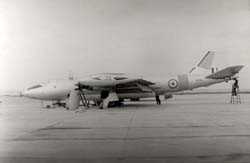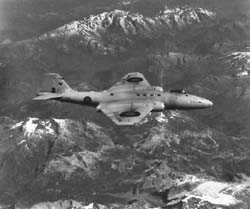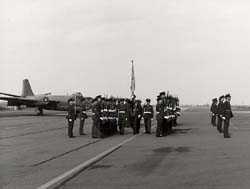|
In June 1939, 39 Squadron
replaced its Hawker Harts with Bristol Blenheim monoplane bombers. The new
aircraft had a top speed of 265mph at 15000ft, a ceiling of 22000ft, a bomb
load of 1000lbs and a range of 1500 mile. There was a crew of 3 and the 2
turrets contained a defensive armament of five .303in machine guns. The
Squadron was deployed to Tengah airfield in Singapore in August 1939.
Unfortunately, the deployment proved to be a disaster. One aircraft landed
wheels-up at Amballa. At Allanabad, another aircraft ground-looped on a
flooded runway. Three aircraft were struck by lightning while en-route to
Calcutta; one crashed, another was burnt out inside by a cockpit fire and
the other entered a spin and was over-stressed during the recovery. On the
leg to Rangoon, an aircraft was force-landed in a "paddy field" which
unfortunately turned out to be a 20ft deep flooded tin mine. The final
casualty was an aircraft forced-landed on a beach in Burma. However, the
losses were made good and 39 Sqn was the first operational Blenheim Squadron
at Tengah, operating in the Visual Reconnaissance role.
In April 1940, 39 Squadron was moved back, initially to India, but latterly
to Aden. The day after Italy's entrance into the war, the Squadron carried
out its first wartime bombing mission, with a strike against the railway
marshalling yards of Diredawa in Abyssinia. Bombing raids against Abyssinia
and Eritrea continued until August 1940. By this time, losses had reduced
the Squadron strength to only five aircraft. The Squadron was then withdrawn
to Helwan in Egypt, flying in General Wavell's offensive. In January 1941,
the Squadron's remaining aircraft were transferred to No 11 Squadron in
Crete. The personnel then enjoyed a brief respite from flying operations,
being mockingly referred to as the "39th Regiment of Foot."
In January 1941, 39 Squadron acquired some Martin Maryland aircraft and the
Squadron became a Photo-Reconnaissance unit for the first time. The Maryland
was a fast aircraft, with a top speed of 316mph at 12000ft, a ceiling of
26000ft, a range of over 1000 miles and a defensive armament of 8 machine
guns. By May 1941, the Squadron was carrying out armed reconnaissance
sorties over the Western Desert, southern Greece and Crete. During a patrol
over Crete, Flight Lieutenant Lenton was shot down and remained to work with
the guerrillas. He was subsequently awarded the Military cross. The Squadron
was then based at Shandur and was a real multinational unit with personnel
of 18 nationalities.
|
